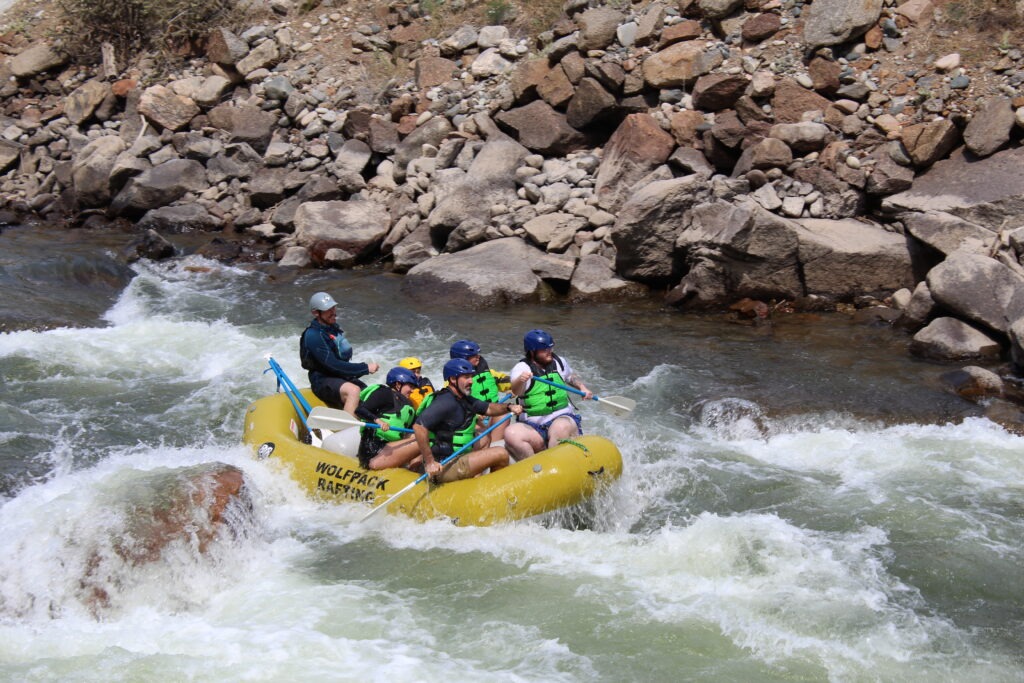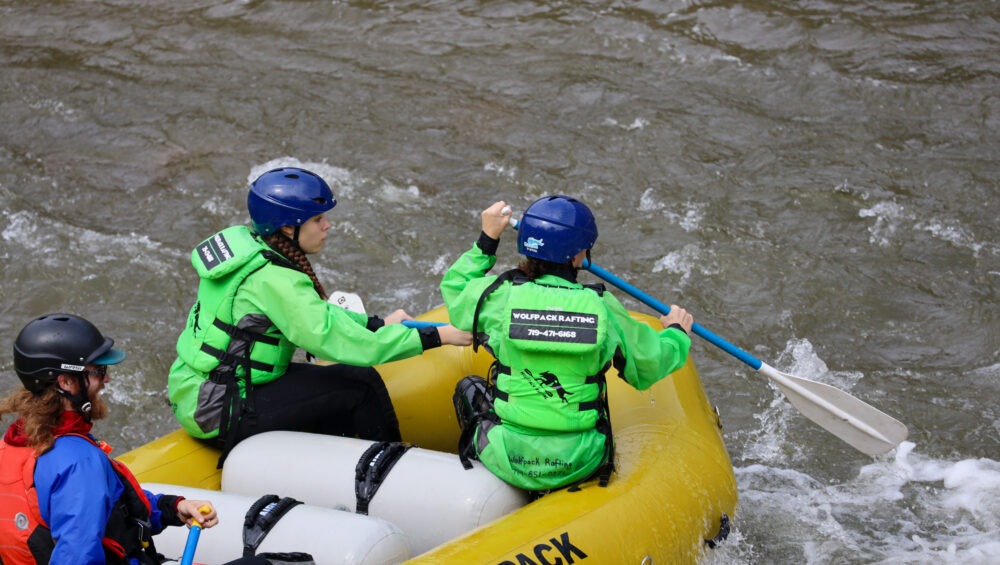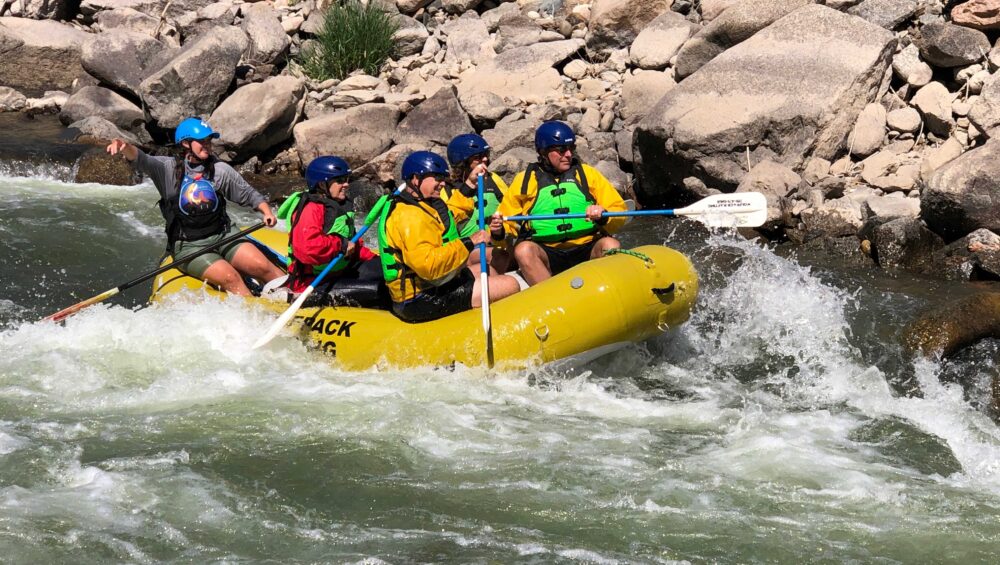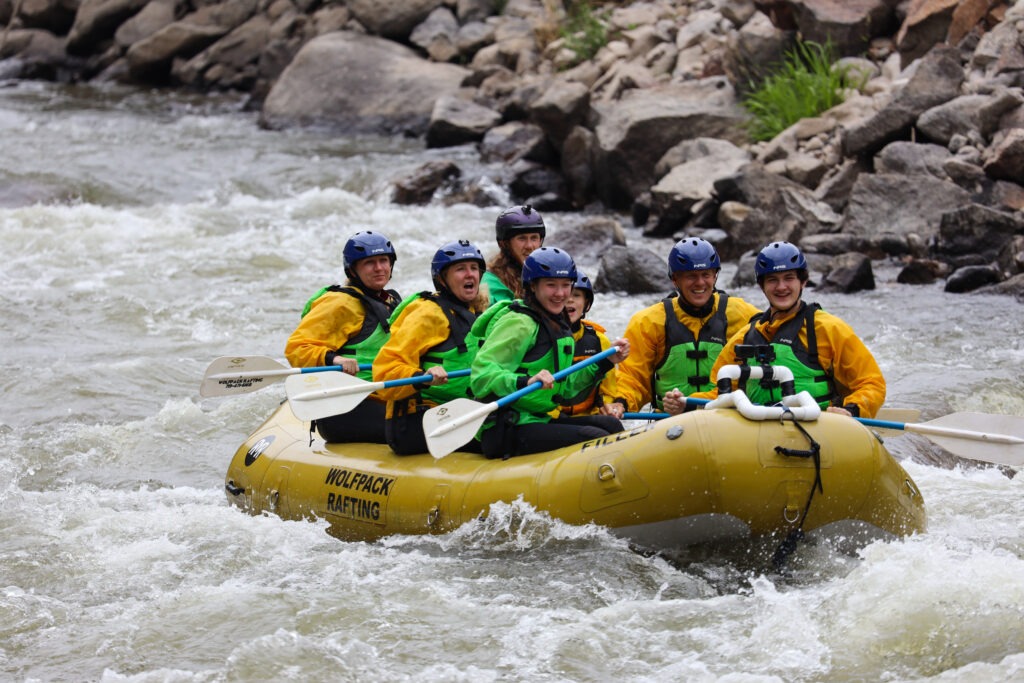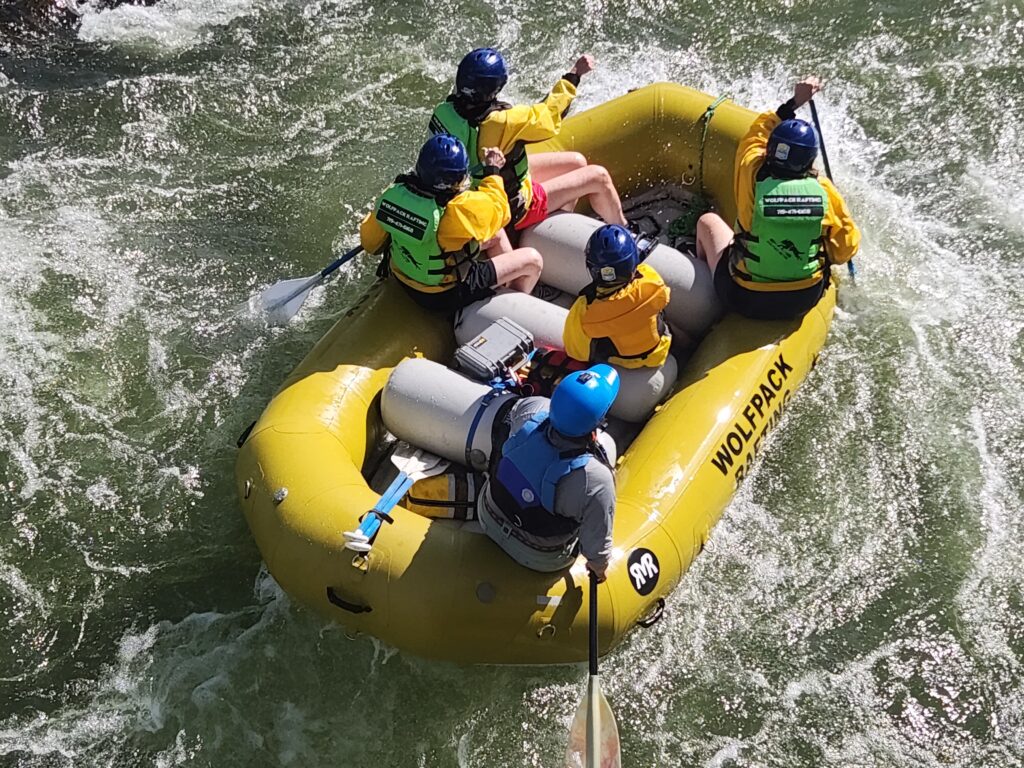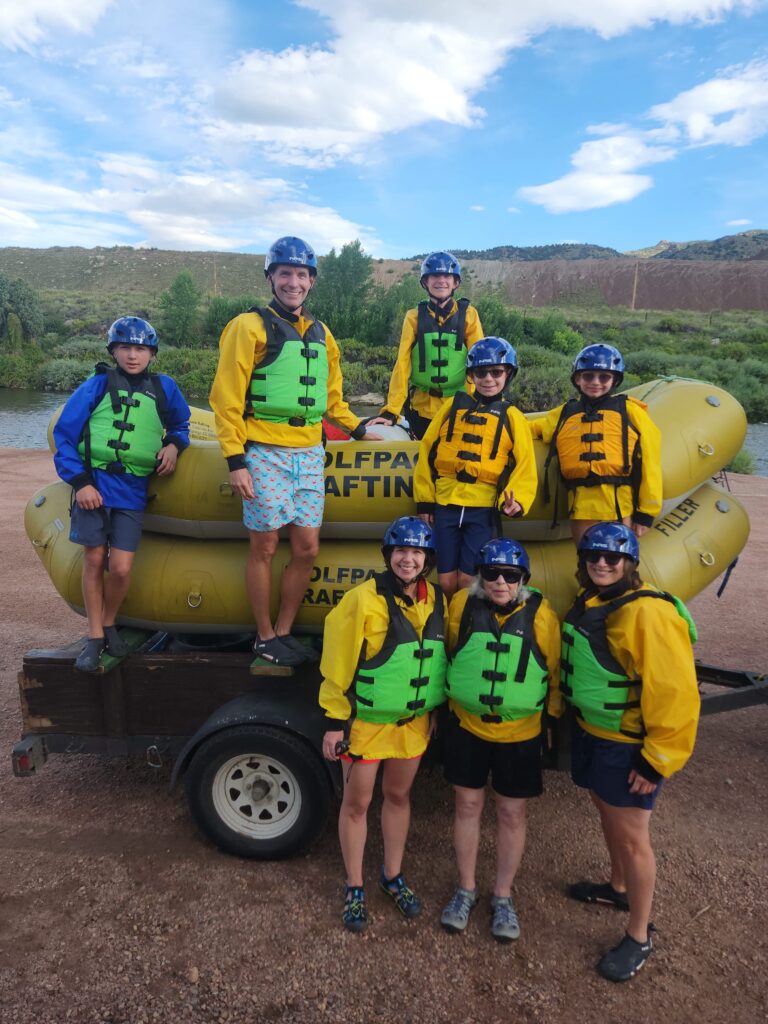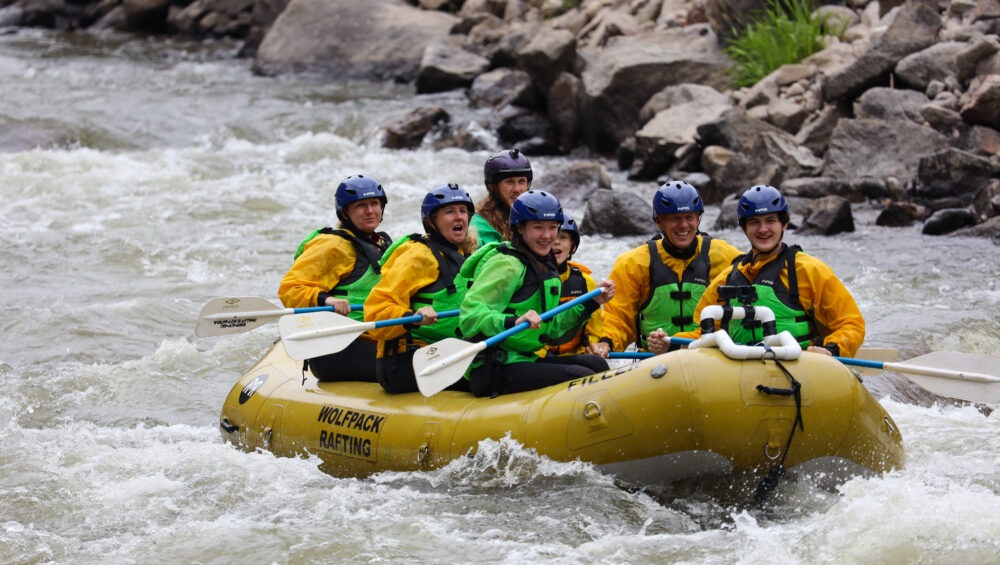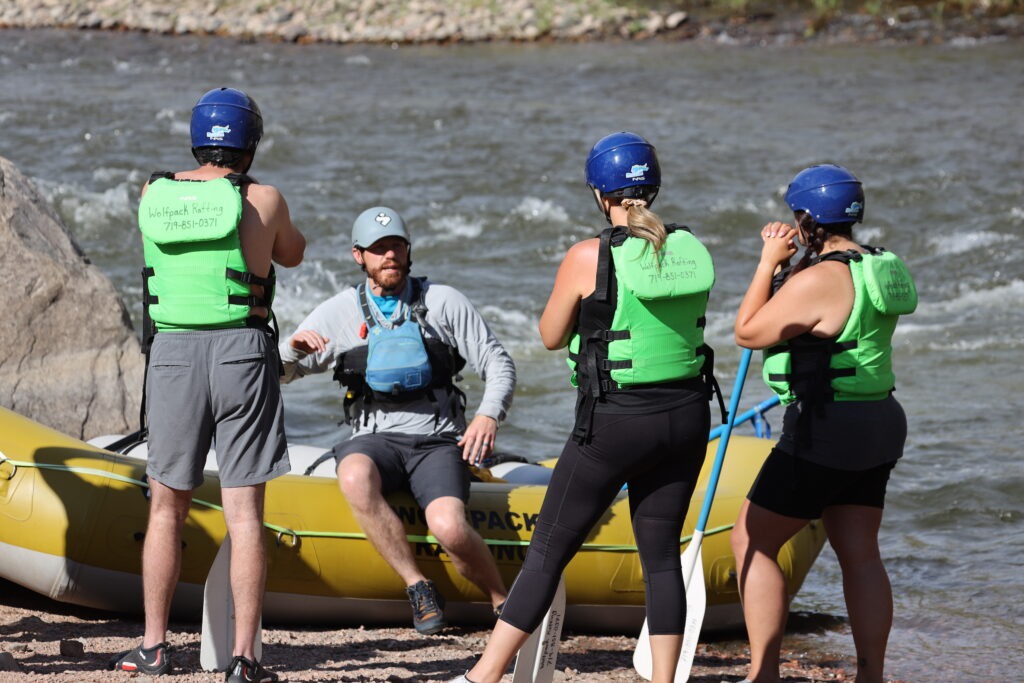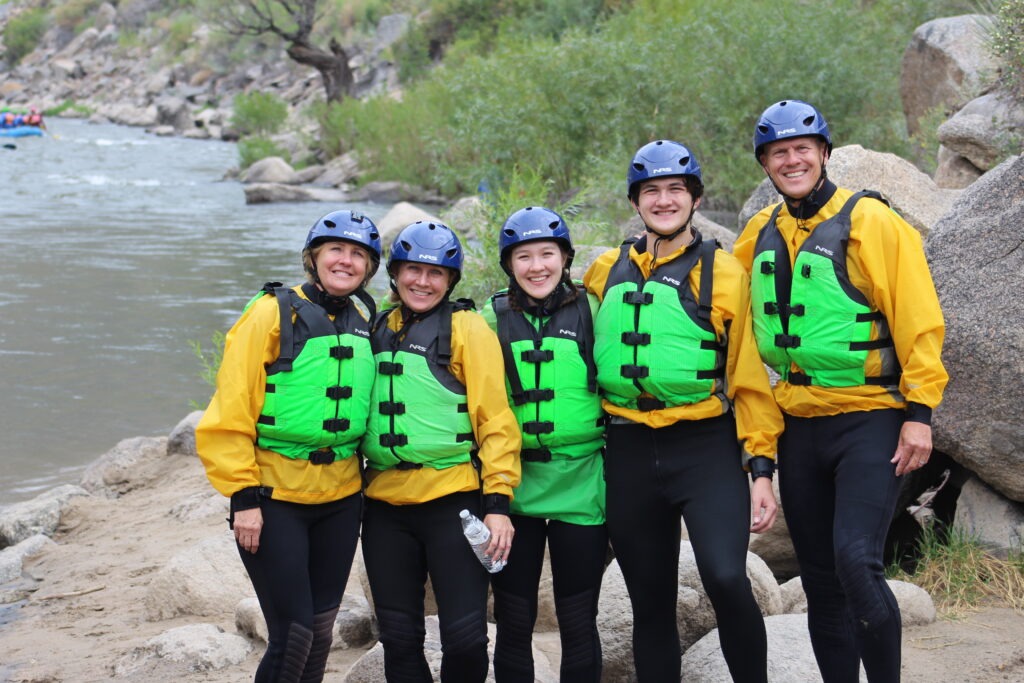White water rafting is one of those bucket-list adventures that delivers a rush of adrenaline, breathtaking scenery, and a whole lot of laughter. For anyone new to rafting, the idea of navigating a river’s rapids for the first time can feel both thrilling and a little nerve-wracking. The good news is that with some preparation—and the guidance of an experienced outfitter—your first time white water rafting can be a safe, comfortable, and unforgettable experience.
In this guide, we’ll cover everything you need to know before you hit the water, from what to wear to how to mentally prepare. We’ll also give you a sense of what to expect here in Colorado Springs, where rivers like the Arkansas offer some of the best beginner-friendly rafting in the country.
1. Understanding the Basics of White Water Rafting
Before you book your trip, it’s important to know what white water rafting actually involves. In simple terms, rafting is the act of paddling an inflatable raft down a river, navigating everything from calm stretches to turbulent rapids.
The White Water Classification System
Rivers are classified by difficulty, from Class I (smooth, calm waters) to Class VI (extreme, only for expert rafters). If this is your first time white water rafting, you’ll likely want to stick with Class II or Class III rapids. These sections are exciting enough to get your heart racing but manageable with the help of a professional guide.
- Class I: Easy, flat water with small ripples.
- Class II: Gentle rapids with clear channels, good for beginners.
- Class III: Moderate waves and faster currents—fun and adventurous for first-timers.
- Class IV and above: Strong, technical rapids—better for experienced paddlers.
Just 1 hour from Colorado Springs, the Arkansas River is a prime spot for beginner-friendly trips, offering a mix of calm water and fun, splashy rapids.
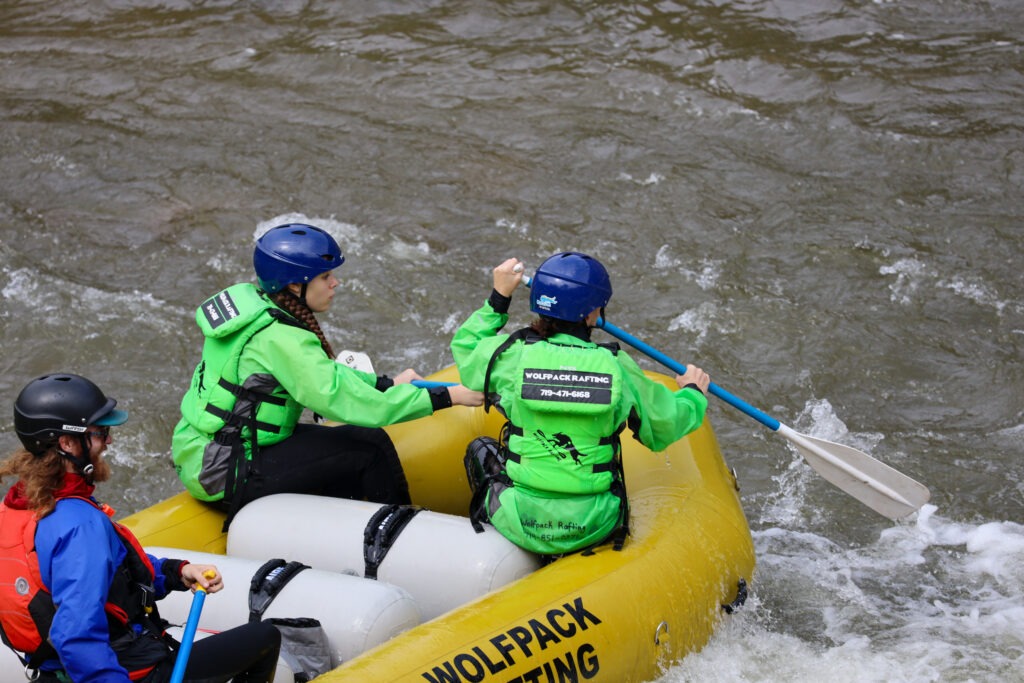
2. Choosing the Right Trip for Your First Time
Not all rafting trips are created equal. Some are short and sweet, lasting just a couple of hours, while others span a full day and cover many miles of river. When booking your first trip, consider:
- Length of trip: Half-day trips are ideal for beginners; you’ll get a feel for rafting without being on the water for too long.
- Rapids class: As mentioned, Class II or III is perfect for your first time.
- Season: In Colorado, rafting season generally runs from May through August. Early season trips have faster, higher water due to snowmelt, while later in the summer tends to bring slightly lower, warmer flows.
Check out our family friendly Bighorn Sheep Canyon Rafting trip HERE.
Check out other rafting options HERE.
3. Dressing for Comfort and Safety
The right clothing can make or break your first time white water rafting experience. Colorado’s rivers are often snowmelt-fed, meaning the water can be chilly even in the middle of summer.
What to Wear
- Quick-drying tops and bottoms: Avoid cotton, which stays wet and cold. Opt for synthetics like polyester or nylon.
- Swimsuit or board shorts: These work well under wetsuits or splash jackets if provided.
- Secure footwear: Closed-toe water shoes or sandals with straps (like Chacos or Tevas) are best. No flip-flops—they’ll wash away instantly.
- Light layers: If the weather is cool, a synthetic fleece or a lightweight long-sleeve rash guard helps you stay warm.
- Sun protection: A hat with a brim, polarized sunglasses with a retainer strap, and waterproof sunscreen are essentials.
Your outfitter will provide you with a helmet and personal flotation device (PFD)—these are non-negotiable safety gear.
Check out some additional tips from Rocky Mountain Whitewater Rafting.
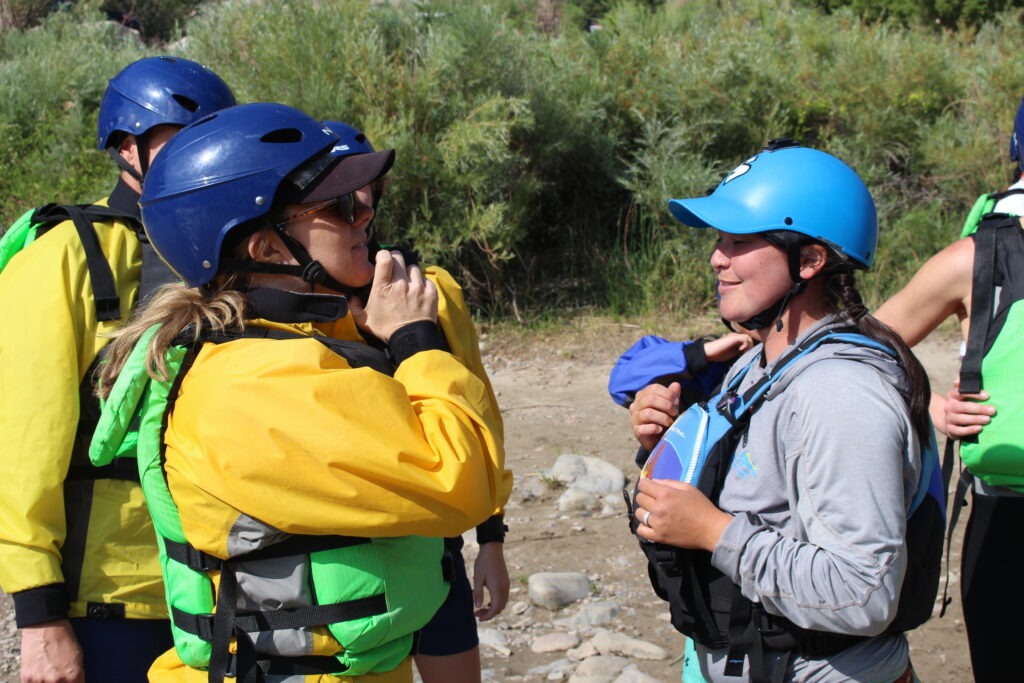
4. What to Bring—and What to Leave Behind
You won’t be bringing much into the raft itself, so pack light.
Essentials:
- Sunscreen (apply before launching)
- Sunglasses with a strap
- A water bottle (some rafts have a spot to clip it in)
- Dry clothes for after the trip
Leave Behind:
- Valuables like jewelry or electronics
- Loose items that could fall into the water
- Bulky bags—your outfitter will have secure storage or a shuttle system for your belongings
Some outfitters arrange for professional photos of your trip, so you can leave your camera safely on shore and still capture the adventure.
5. Physical Preparation
While you don’t need to be in peak physical shape for your first time white water rafting, a little fitness goes a long way. You’ll be paddling, sometimes against a current, and holding steady in the raft through bumpy rapids.
Recommended Exercises:
- Cardio: Walking, jogging, or cycling improves endurance.
- Core strength: Planks and sit-ups help with stability in the raft.
- Upper body strength: Light rowing or push-ups help you paddle more effectively.
Even just a few weeks of light exercise before your trip can make your day on the river more comfortable.
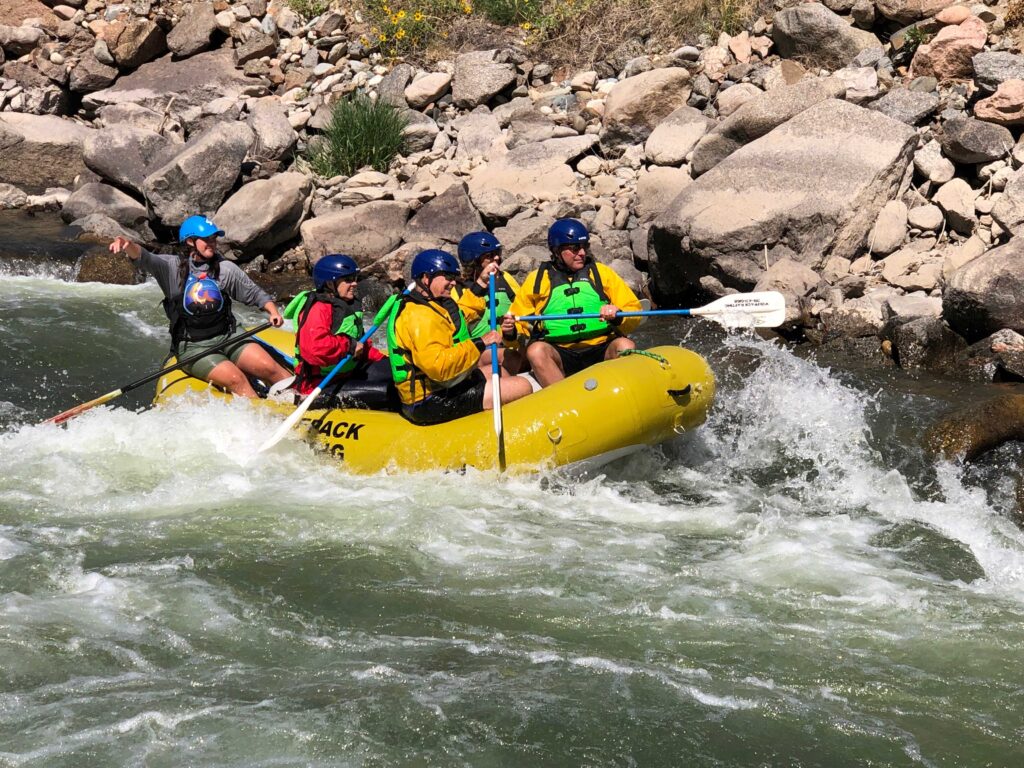
6. Learning the Lingo and Commands
Your rafting guide is your captain, coach, and safety instructor all in one. Before launching, they’ll give you a safety briefing and teach you basic commands. These typically include:
- Forward paddle: Everyone paddles forward in sync.
- Back paddle: Paddle backward to slow or change direction.
- Hold on: Grip the safety rope for bumpy sections.
- Get down: Move to a stable, low position in the raft to avoid being thrown out.
Pro Tip:
Listening and responding quickly to your guide’s instructions is the most important skill you can bring to your first time white water rafting.
7. Safety Tips for First-Timers
Rafting is thrilling because you’re working with (and sometimes against) the forces of nature. Safety always comes first.
- Always wear your helmet and PFD snugly.
- Keep your feet up if you fall in—this prevents foot entrapment in rocks.
- Stay calm if you go overboard; your guide will assist you.
- Never try to stand up in moving water.
- Follow your guide’s instructions, even if adrenaline is high.
Guides are highly trained in river rescue and safety techniques. Your job is to be an attentive participant.
8. Managing Nerves and Mental Prep
It’s completely normal to feel nervous before your first time white water rafting. Many beginners worry about falling out of the raft or not knowing what to do. The best way to ease your mind is to remember that rafting is a team activity—and you’ll have a trained guide with you the entire way.
Take deep breaths before you start, focus on the fun ahead, and trust the safety protocols. Often, once you hit your first rapid, those nerves transform into pure excitement.
9. What to Expect on the River
A typical rafting trip flows like this:
- Check-in and gear fitting – You’ll get your helmet, PFD, and any cold-weather gear.
- Safety briefing – Your guide will explain paddling, commands, and what to do if you fall in.
- Shuttle to the river – Often, you’ll take a short drive to the put-in location.
- Launch – The adventure begins! Expect alternating stretches of calm paddling and thrilling rapids.
- Take-out – At the end of your trip, you’ll return gear and change into dry clothes.
Along the way, you’ll get plenty of time to enjoy the scenery—towering canyon walls, pine-covered slopes, and maybe even a glimpse of wildlife.
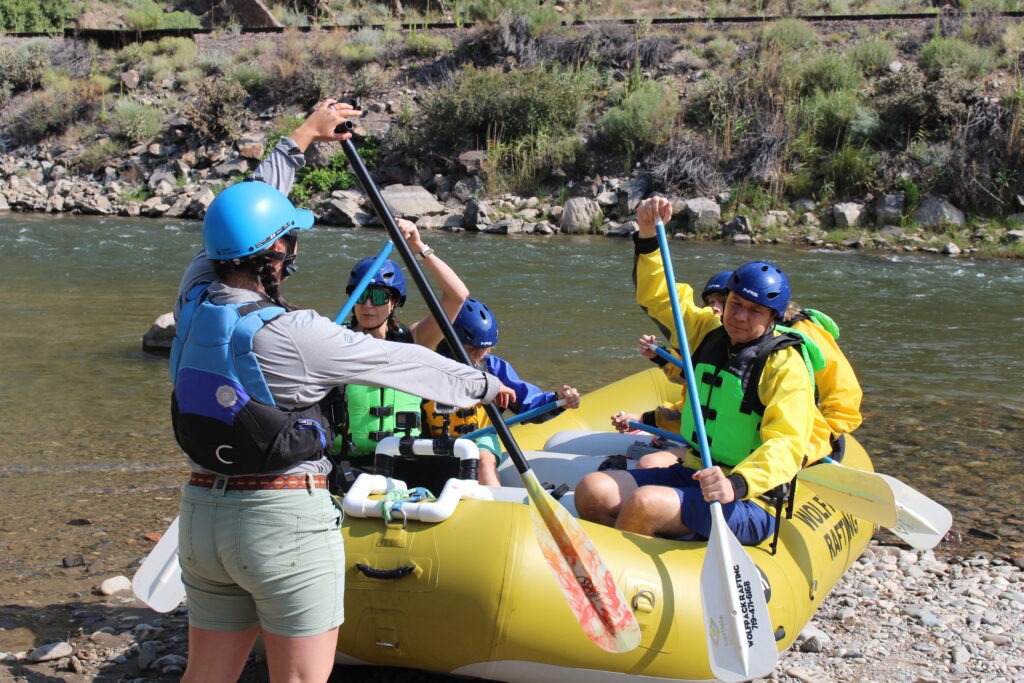
10. Rafting in Colorado Springs: Why It’s Perfect for First-Timers
Colorado Springs is uniquely suited for first-time rafters. The Arkansas River, just an hour away, offers multiple sections that are ideal for beginners. You can start with the Bighorn Sheep Canyon stretch, which mixes gentle rapids with long, scenic floats.
Plus, rafting here isn’t just about the water—it’s about the views. You’ll paddle through rugged canyons carved over millennia, with the Rocky Mountains forming a dramatic backdrop.
11. After Your Trip: Recovery and Reflection
Rafting can be surprisingly tiring. After your first trip:
- Drink plenty of water.
- Stretch to ease sore muscles.
- Share your experience with friends—this is where those professional trip photos come in handy.
You might be surprised how quickly you’ll want to book your second rafting trip.
Final Thoughts
Your first time white water rafting is a mix of adventure, teamwork, and natural beauty. By preparing with the right gear, understanding safety basics, and keeping a positive mindset, you can ensure your first trip is as safe as it is exciting.
If you’re ready to take the plunge, Broadmoor Outfitters offers guided white water rafting trips perfect for beginners. Our experienced guides know the Arkansas River inside and out, and they’ll make sure your first time is one you’ll never forget. Check out our Bighorn Sheep Canyon Tour HERE.
